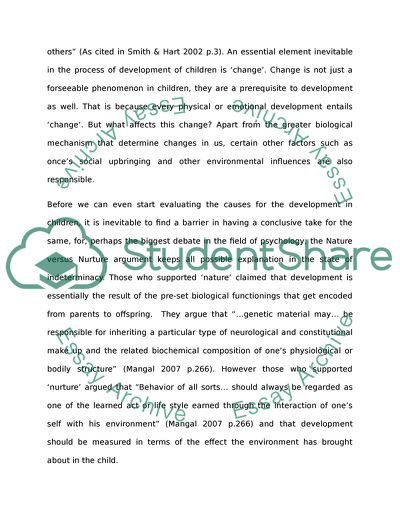Cite this document
(Social and Emotional Development and Disturbance in Children Essay, n.d.)
Social and Emotional Development and Disturbance in Children Essay. Retrieved from https://studentshare.org/social-science/1567651-understanding-behaviour
Social and Emotional Development and Disturbance in Children Essay. Retrieved from https://studentshare.org/social-science/1567651-understanding-behaviour
(Social and Emotional Development and Disturbance in Children Essay)
Social and Emotional Development and Disturbance in Children Essay. https://studentshare.org/social-science/1567651-understanding-behaviour.
Social and Emotional Development and Disturbance in Children Essay. https://studentshare.org/social-science/1567651-understanding-behaviour.
“Social and Emotional Development and Disturbance in Children Essay”. https://studentshare.org/social-science/1567651-understanding-behaviour.


